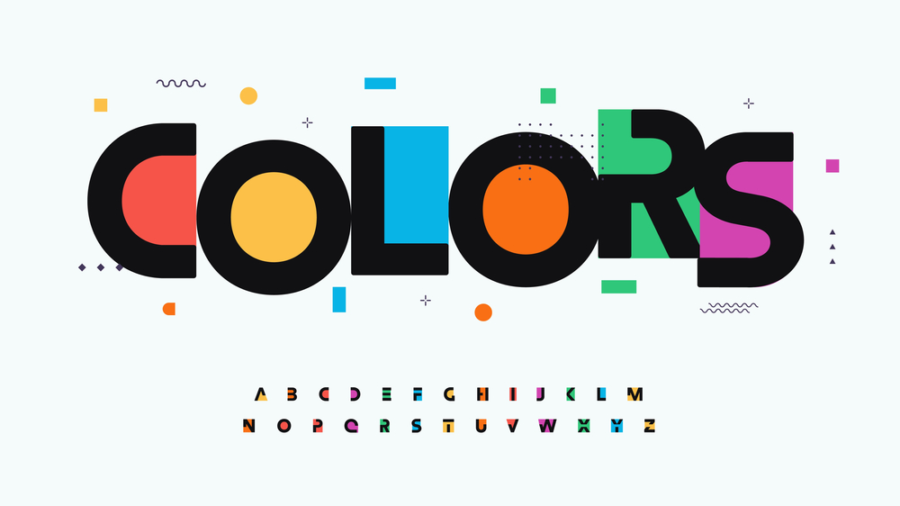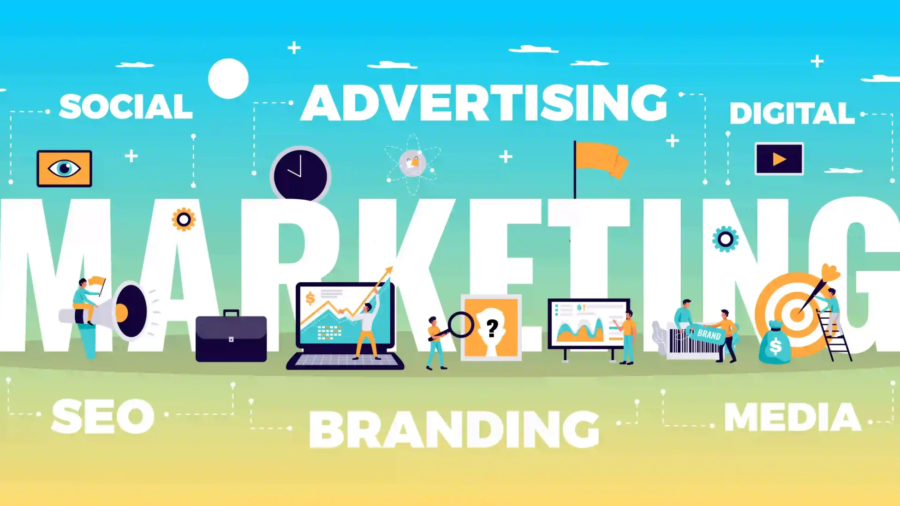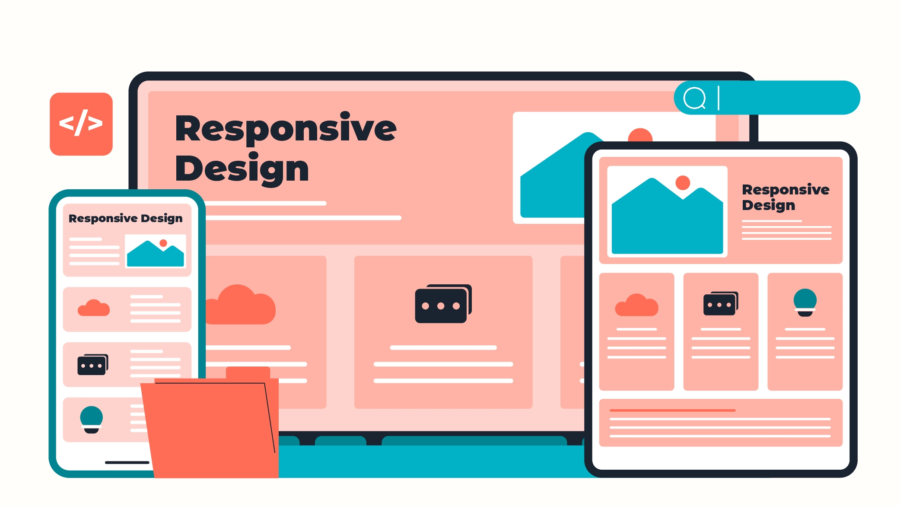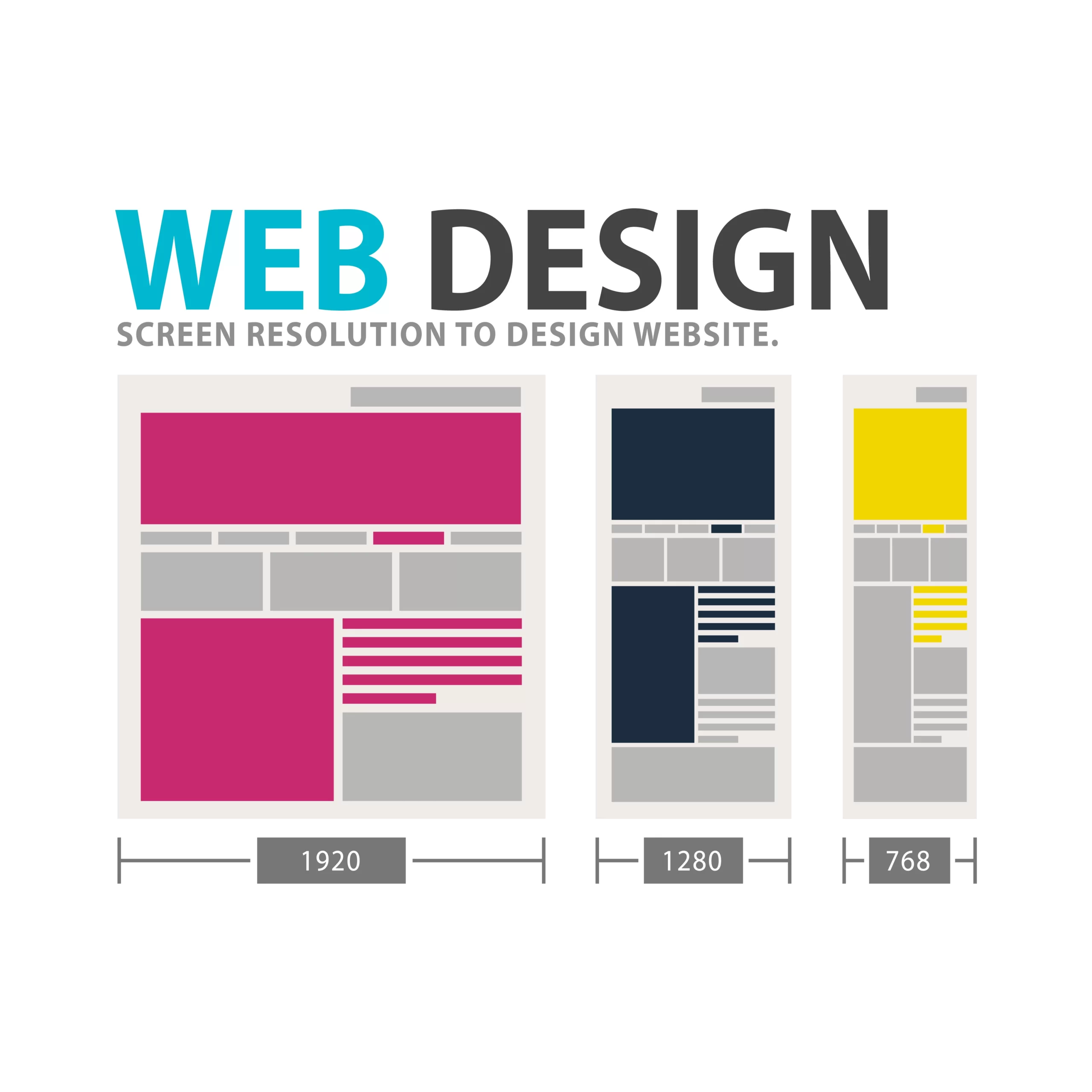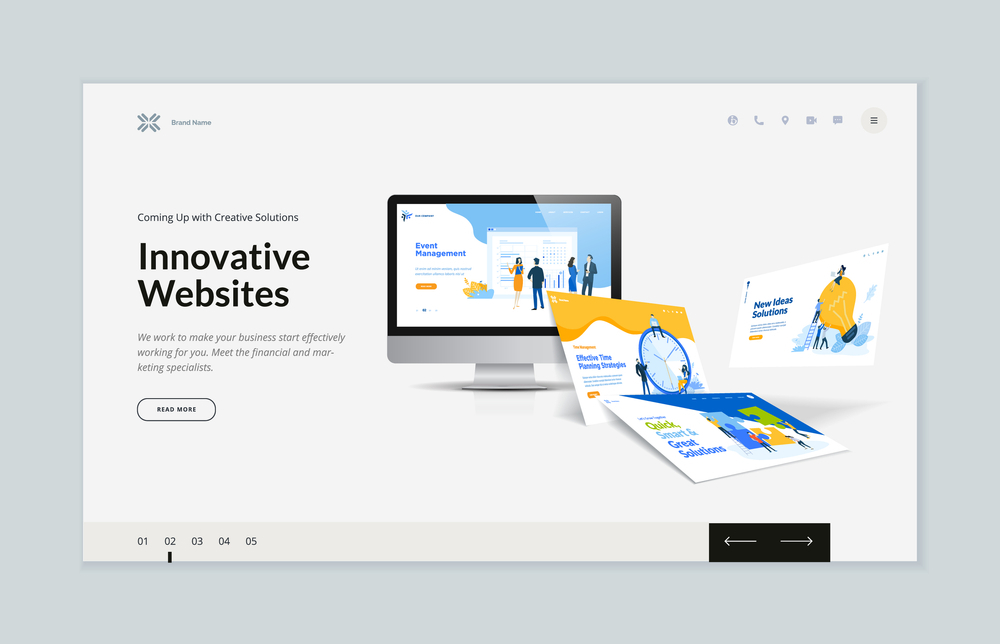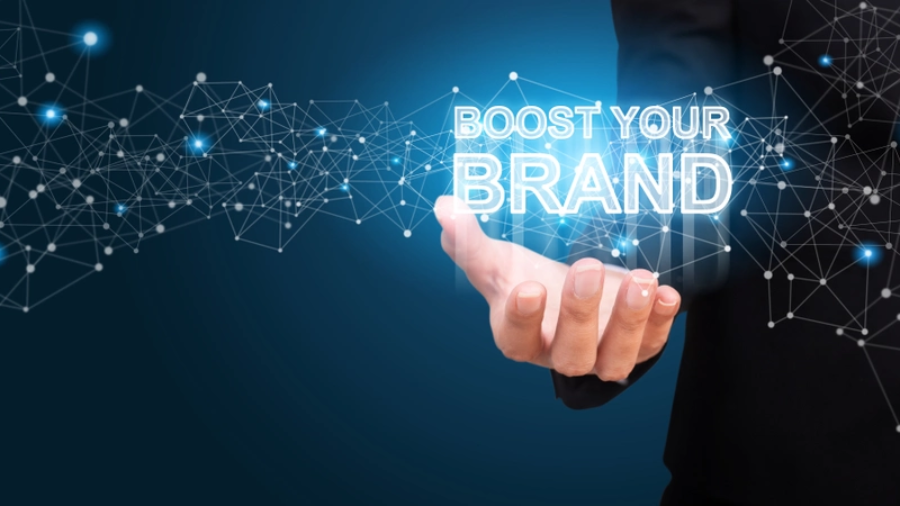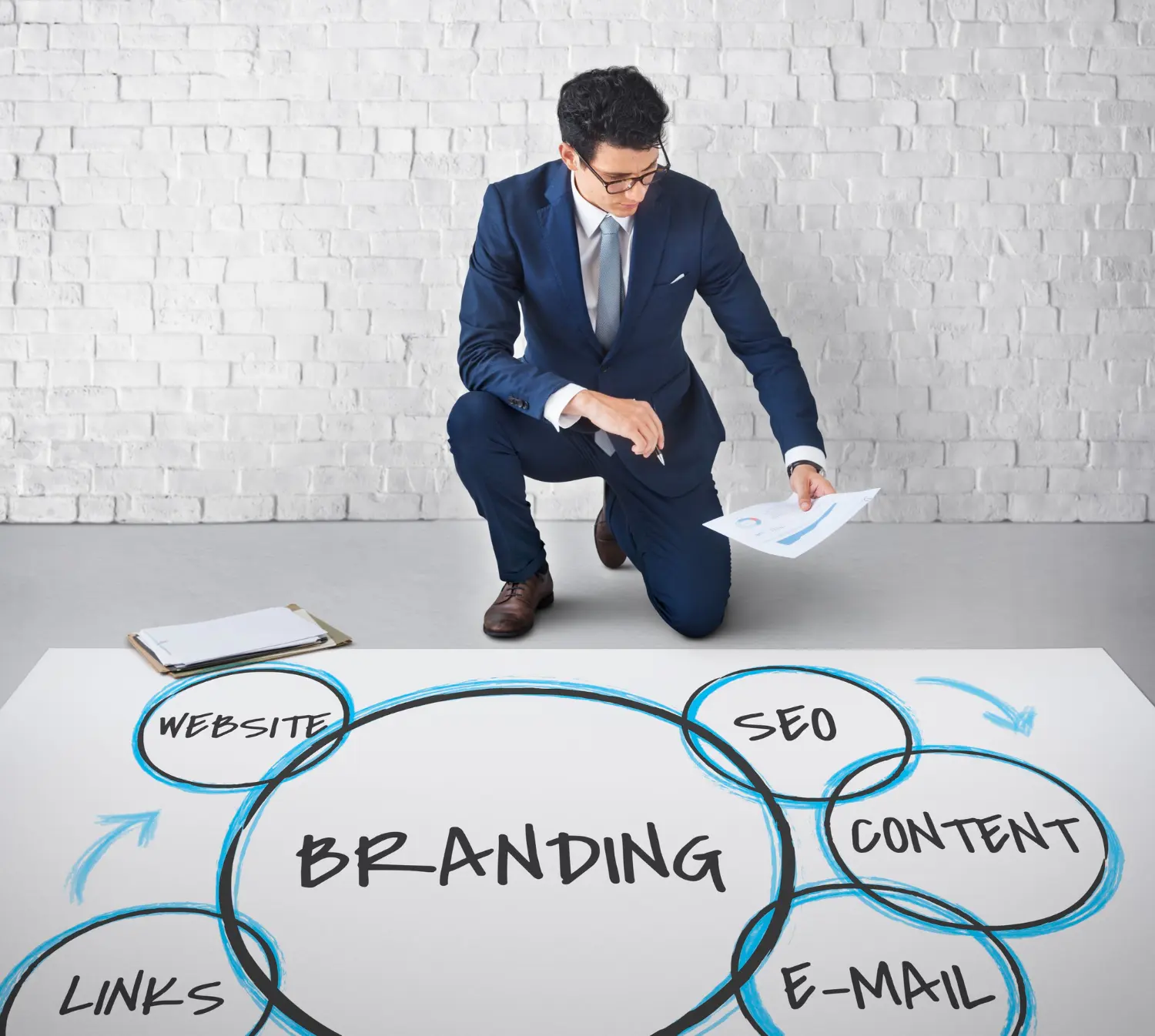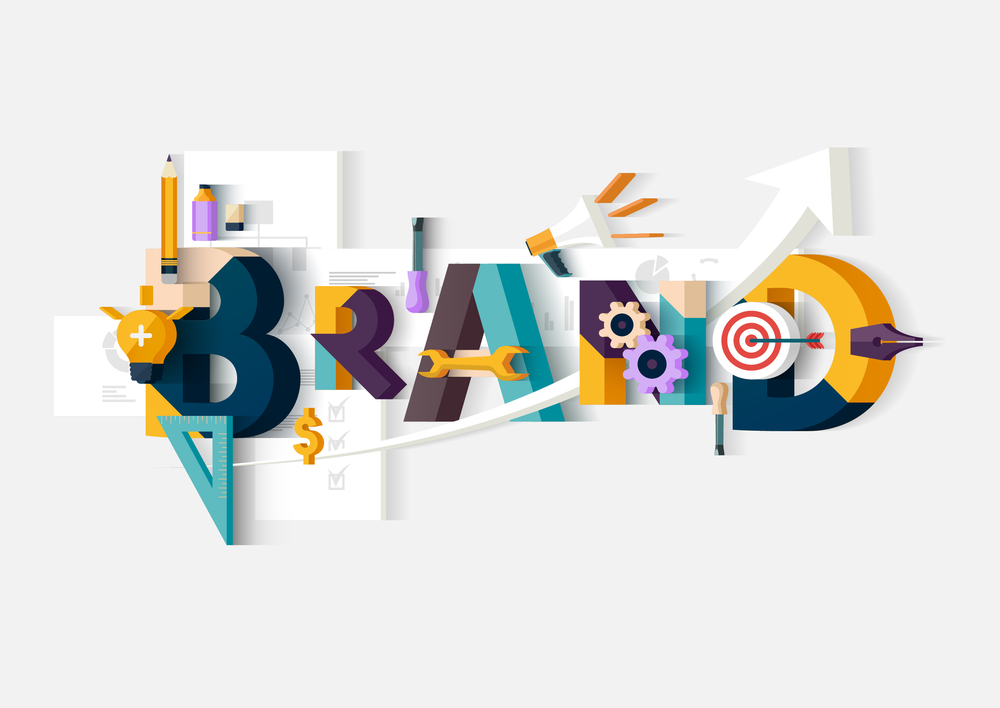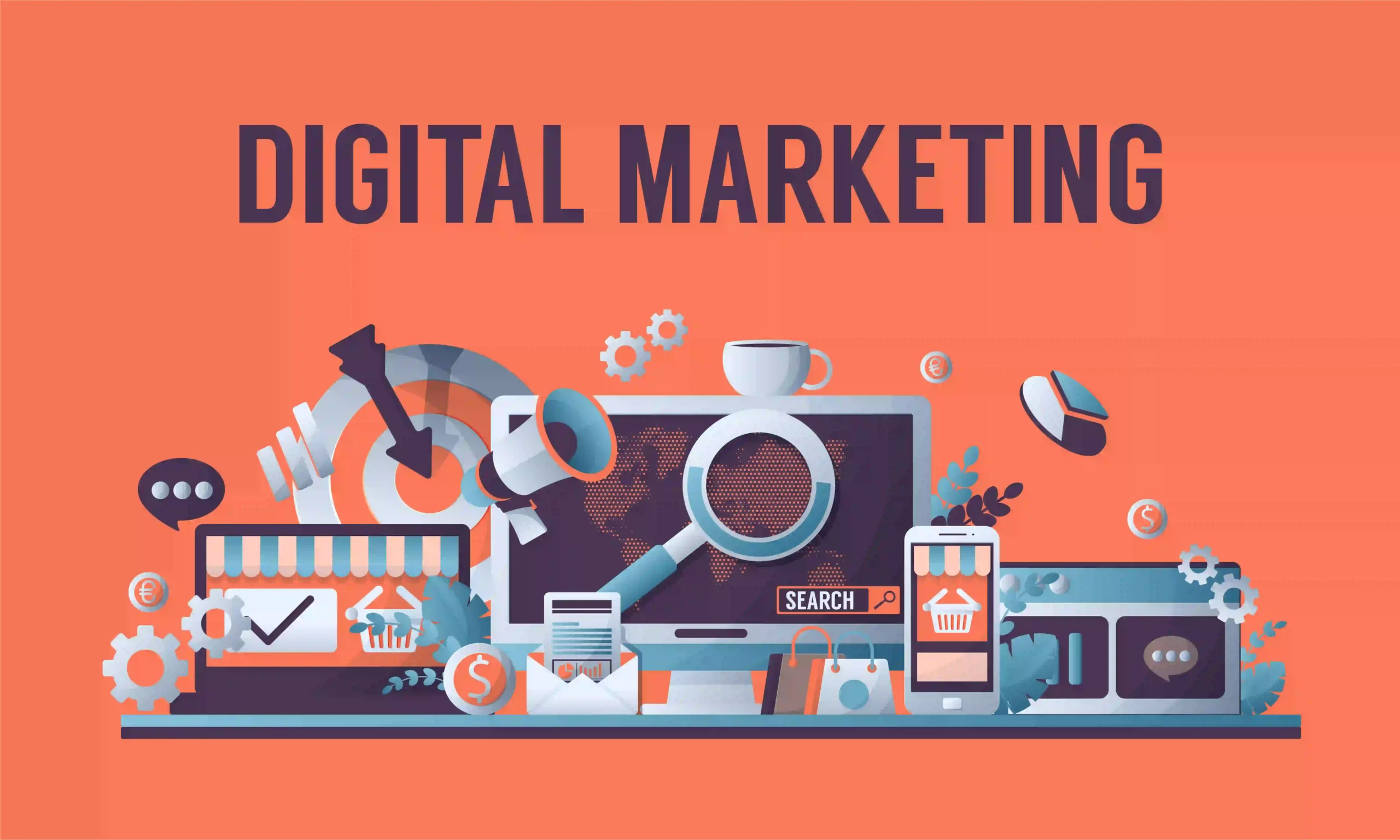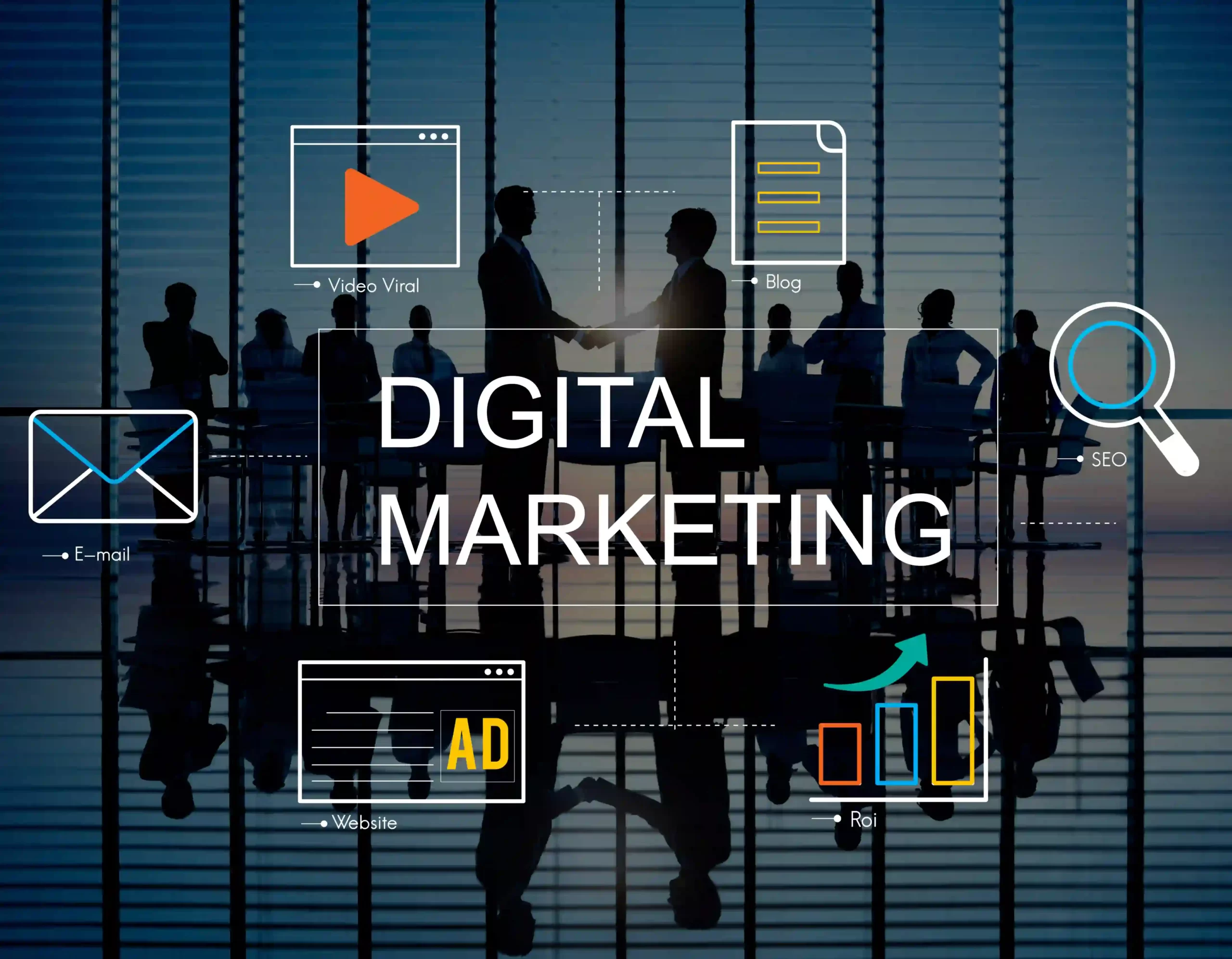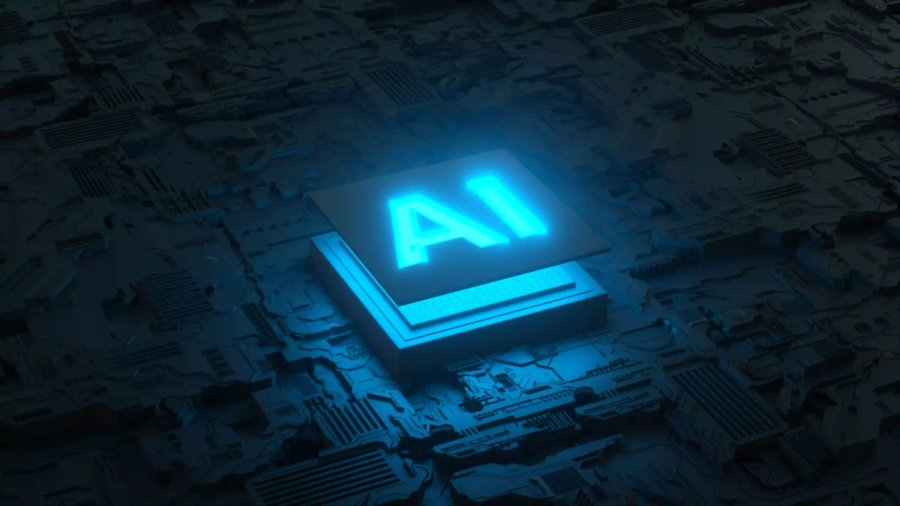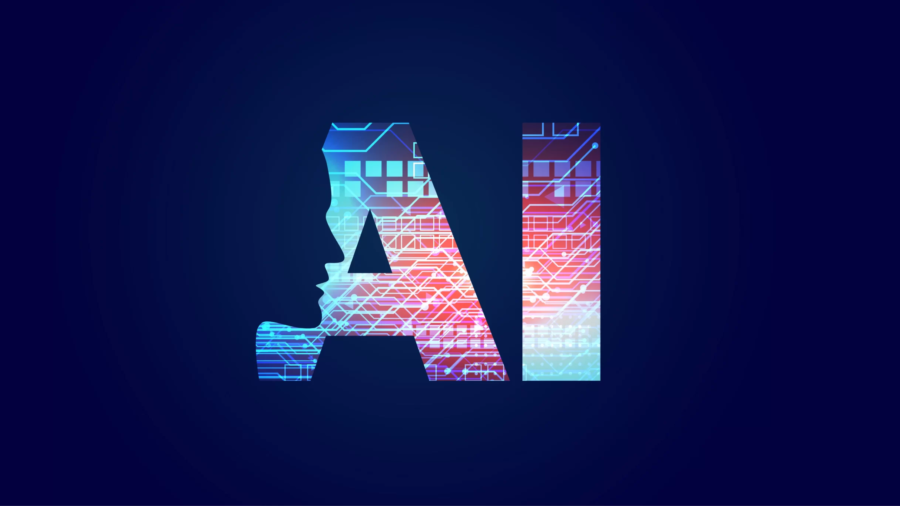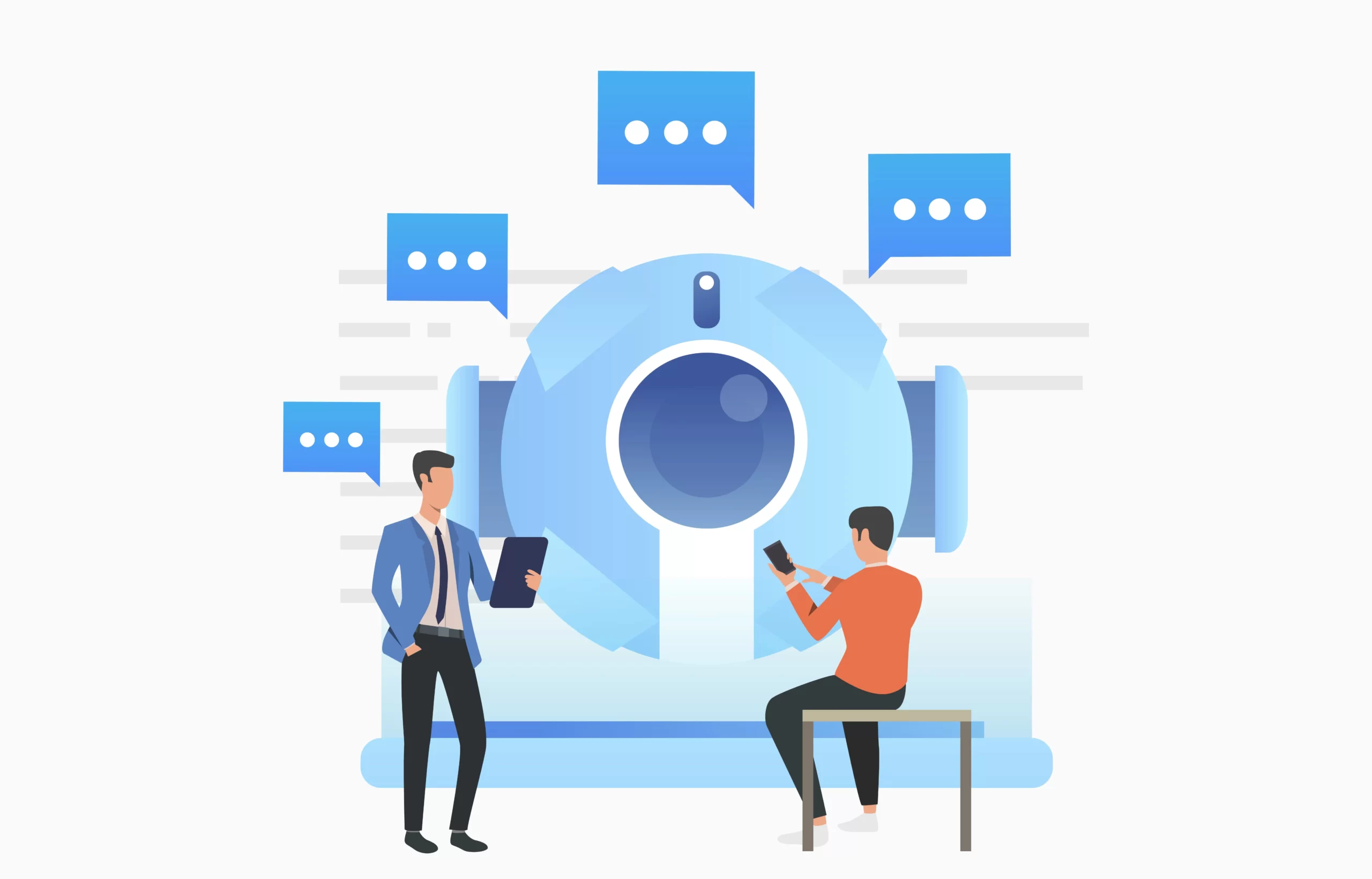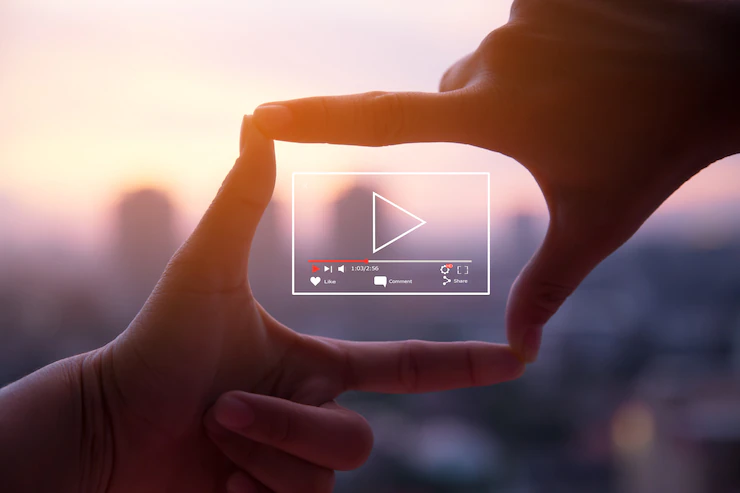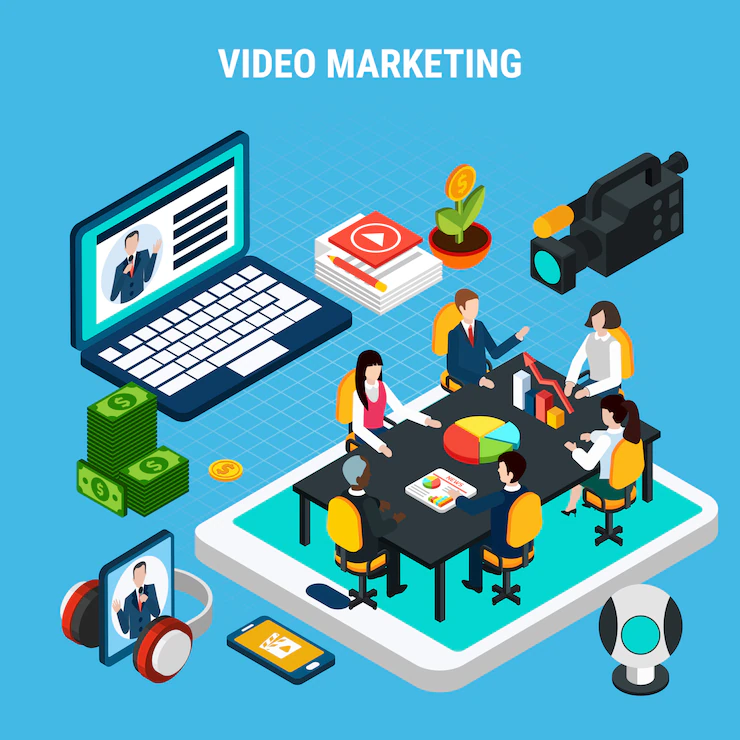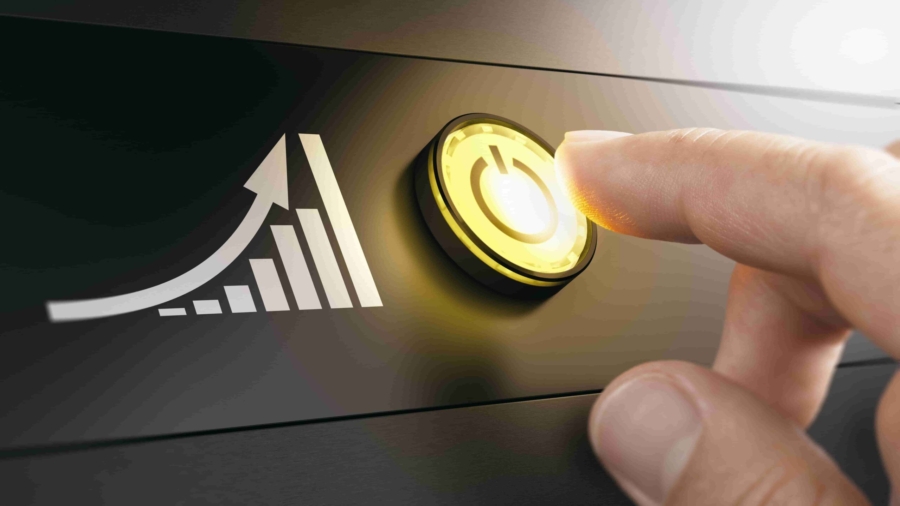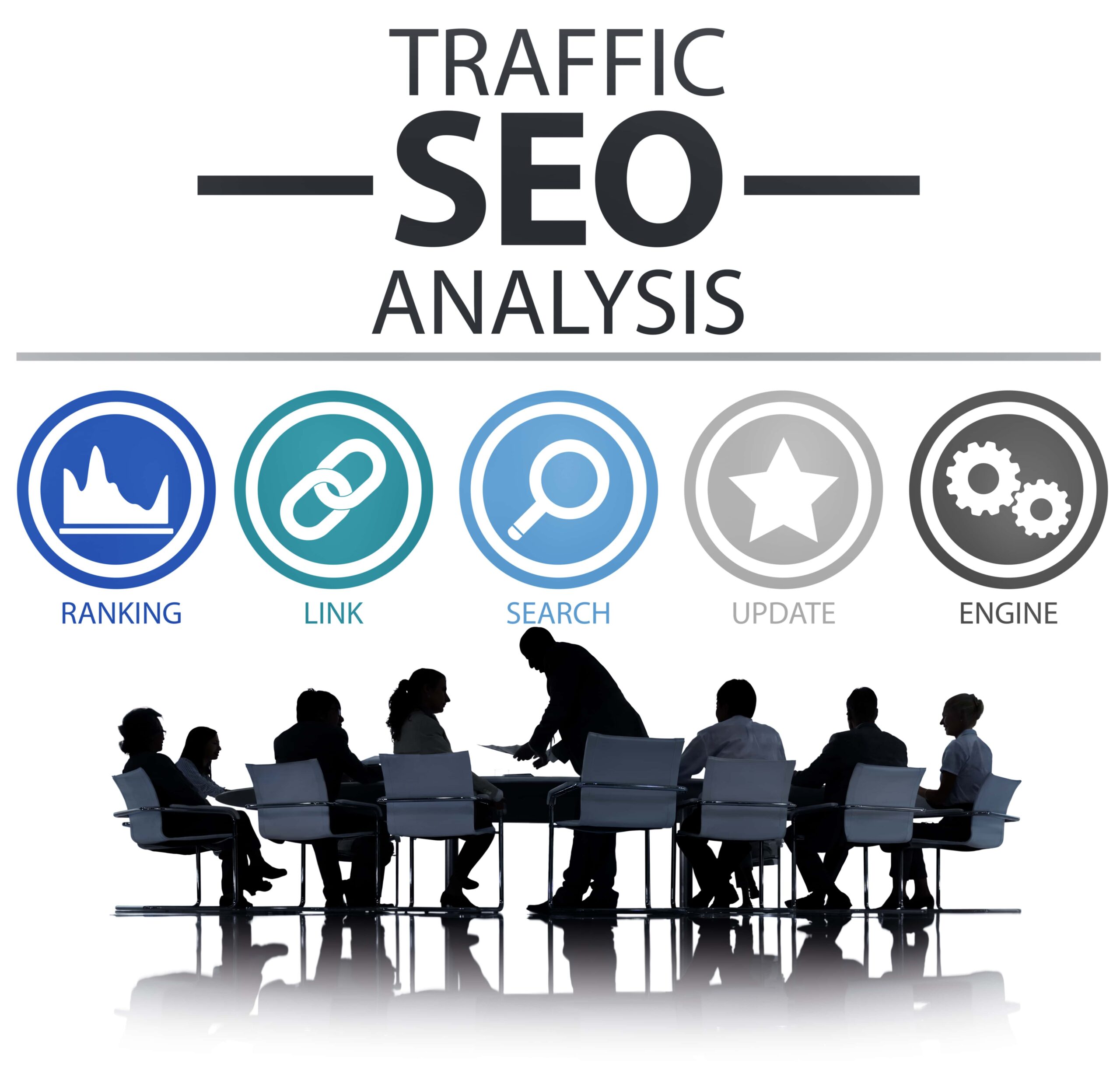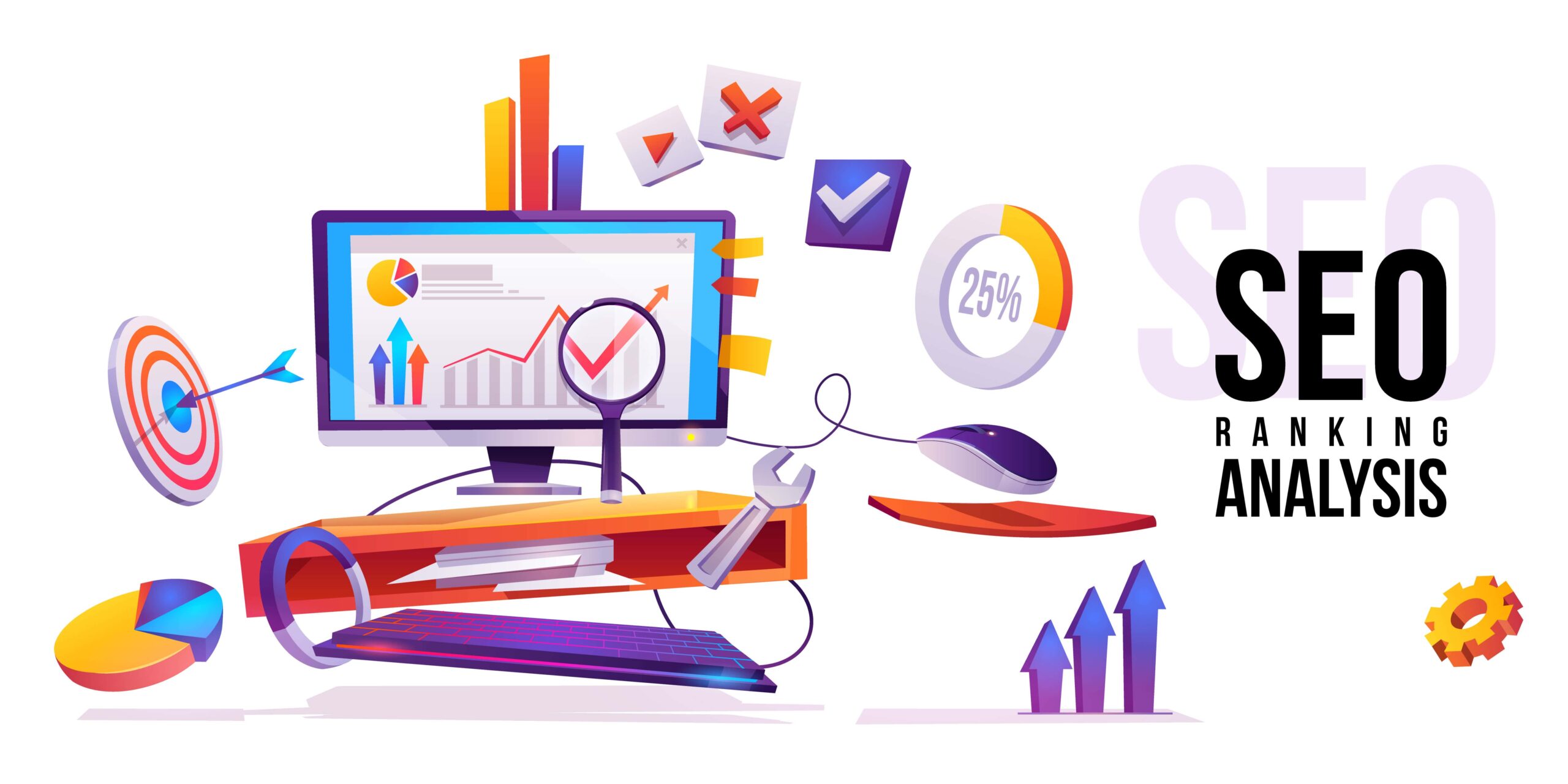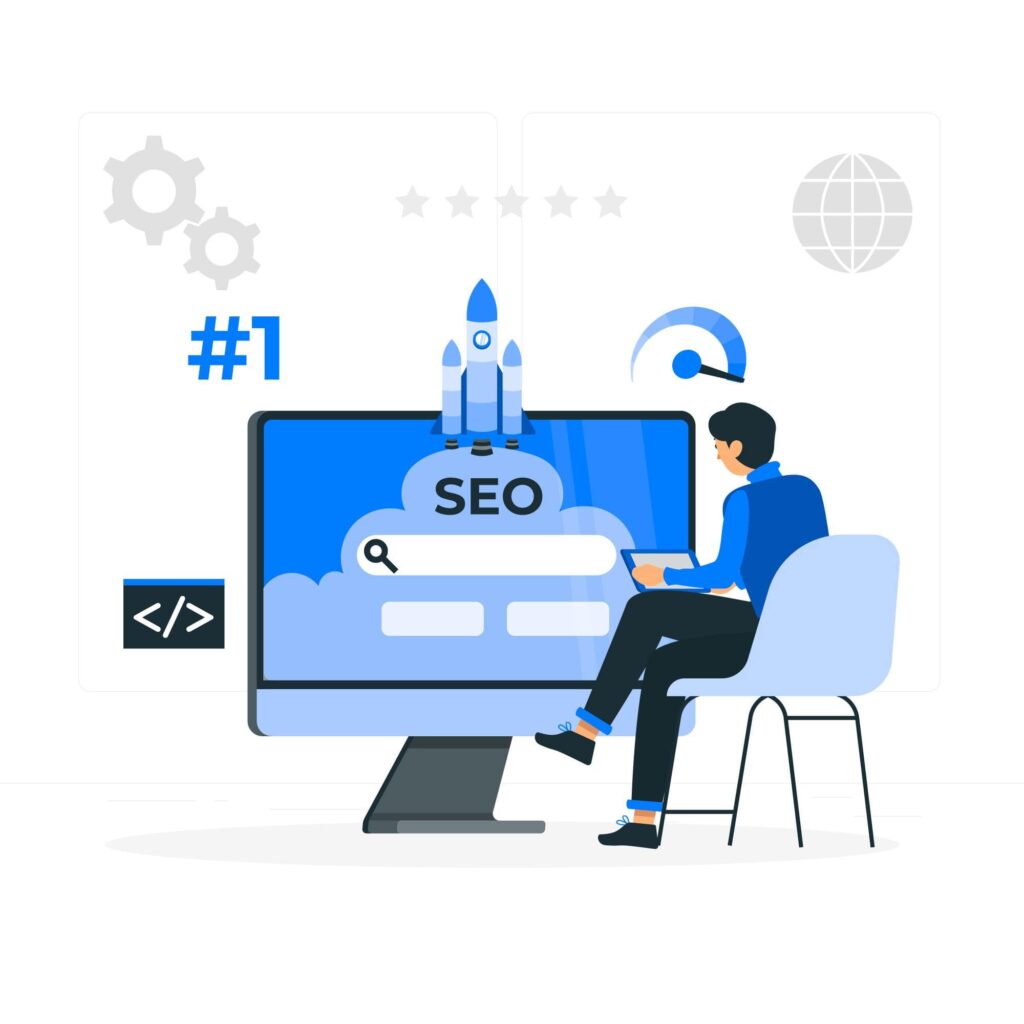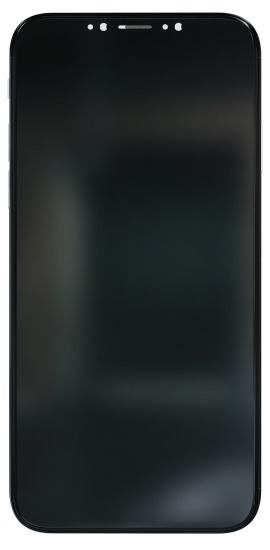A step-by-step guide to logo design
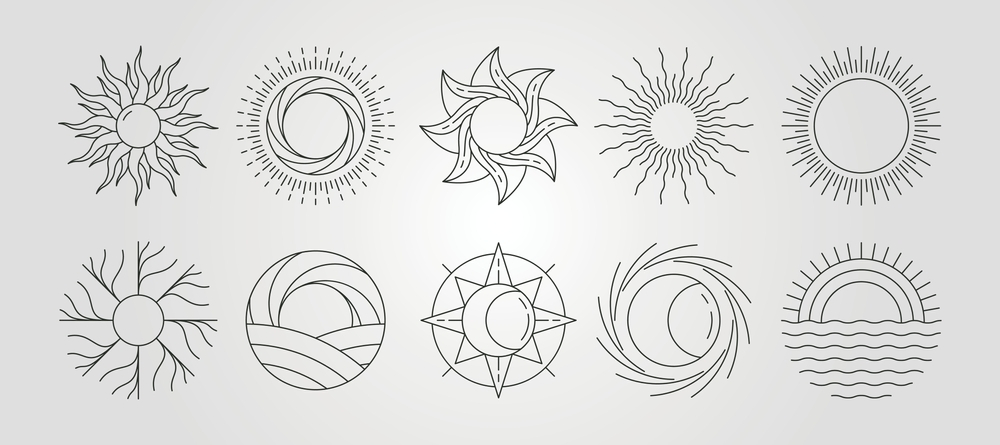
The first thing you need to do is determine what your company’s logo design should be. The most common mistake made by new businesses is creating a logo that doesn’t fit with the company’s brand identity. This can lead to confusion among potential customers about who they’re dealing with and whether or not they’ll get what they want from your business. In addition, if your business already has an established brand, your logo must fit into that branding scheme so that people know what kind of experience they will get when they visit your website or social media page.
If you’re reading this, chances are you have a business idea and want to build a brand around it. You’ve probably already decided on your company’s name and picked out some visual elements like colors or fonts. But what about your logo? Is it just an icon or symbol that represents your company? Or is it the face of your business — how people know who they’re dealing with when they come across your website or social media pages? Design choices matter — especially when creating a logo for your business- as we all know!
Importance Of A Logo Design

A logo is the single most important element of your brand identity. It represents who you are and what you stand for, and how potential customers will identify with you. Your logo is so powerful that it can even make or break a business.
But don’t worry — there are plenty of ways to design a great logo without being an expert in graphic design or Photoshop! In this article, we’ll walk through all the steps needed to create an awesome logo, from brainstorming ideas to finalizing it on Adobe Illustrator CC (or any other vector software).
The first step in designing a logo is deciding what type of graphic you want. Do you want something simple? Or something more complex and detailed? It’s important to think about this before beginning the design process because different types of graphics will require different approaches.
Once you’ve decided on a style, it’s time to get to business with some actual design work! We’ll discuss the process below:
- Brainstorm a list of words describing your brand and your products or services. The list should include adjectives, verbs, and nouns (e.g., fast, reliable). You may also want to write down these words in different ways (e.g., Fast, reliable).
- Choose three words that best represent your brand and its values; this could be a combination of all three words or only one word if it is particularly important (e.g., fast & reliable). These will be used for the tagline on your website so choose wisely!
- Gathering Information and Resources.
- Researching the Market (Who’s out there?)
5. Creating a Design Brief (What do you need?)
How To Design A Logo For Your Company?
Can you remember a Logo Design that you did not like? I’m sure not. That’s because no one remembers bad logo design. Only good logo design sticks. That’s one of the reasons why designing a logo is different from designing other branding materials. Every aspect of your brand, be it web banners, ads, and social media posts, has its design purposes, but none are as fixated on being remembered as a logo.
CLICK TO READ MORE
The importance of a great logo can’t be overstated. Your company’s logo is the first thing people see when they visit your website or social media pages, so it needs to convey everything about who you are and what you do in an instant.
To help you create a top-notch design, we’ve put together some tips on choosing colors, fonts, and images for your logo to make it stand out from the crowd.
Logo design is an art, not a science. You can’t only rely on a step-by-step guide to getting the job done. But if you’re looking for general tips and techniques to help you along the way, this article is for you!
What You Need For A Good Logo Design

You need a logo that is easy to recognize and memorable. A good logo should be simple, not cluttered with text or imagery. It should convey your company’s message clearly without being too wordy or abstract.
It’s important to consider what type of logo design works best for your business. The most common types are:
Text-based logos include words like “the” and “and.” They’re usually small but can still carry a lot of meaning if used correctly. They tend to work well for small businesses that want something simple but still personal or have particular words associated with their brand (e.g., “The Best”).
A good logo design is about more than just the image. It’s also about what that image stands for and how it represents your brand.
Below are some of the key things to consider when designing a logo:
What Colors You Should Use?
The colors used in your logo should reflect the personality of your company or brand and its industry. This means that if you’re selling high-tech electronics, blue would be an appropriate color choice, but red might be a better choice if you’re selling gardening supplies. The same rule applies to fonts — choose one that fits with the theme of your business and use it consistently throughout all marketing materials (including social media posts). Size matters! Smaller logos look more modern and sleek than larger ones, so make sure yours isn’t too big or too small (at least not without reason). Don’t overuse icons — they’re great for representing specific products or events within your line of business, but don’t expect them to represent everything else (especially scratch-offs!).
Types Of Logo Design
There are two main types of logo design. One is where you’re creating an entirely new brand like Nike and Apple did when they were first starting. The other type is when you’re adding a logo to an existing business or organization that already has a name in it.
The process for both types of design is similar, but some differences are worth noting. In this article, we’ll discuss starting a new brand from scratch, then move on to the more common question of adding your logo to an existing company’s branding materials (we’ll use Amazon as an example).
Make An Impression On Your Audience
Designing a logo is similar to writing an article or blog post: you have a lot of information, but it’s not easy for the reader to understand what’s important. You also have only a few words (or images) to make an impression on your audience. The trick is finding the right balance between detail and brevity so that readers can get what they need from your content without being bored by too much extraneous information.
Conclusion
A logo is a mark or symbol that represents your company’s brand identity. It can be used as an identifier on business cards, letterhead, packaging, and other promotional materials. The purpose of a logo is to help people identify with your business and its products or services. A good logo will represent all aspects of your brand — including the emotional connection between customers and products.
Dexterous Solutions is a global branding and Digital marketing and Design agency based in the US, serving companies of all sizes. We specialize in understanding your brand and vision and work closely with you to craft branding and marketing assets that align with your brand strategy, mission, vision and goals. With satisfied clients worldwide, let’s connect and explore how we can help you achieve your business goals.


